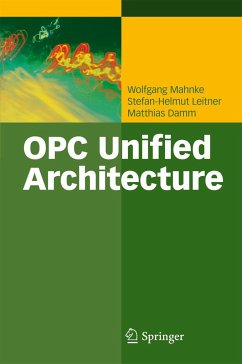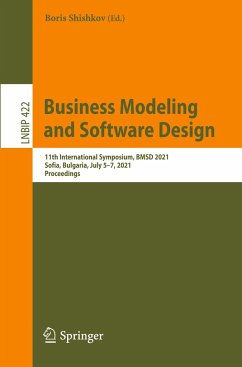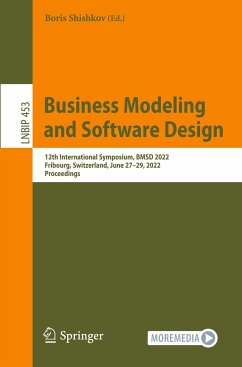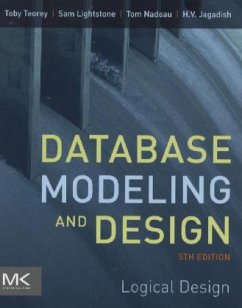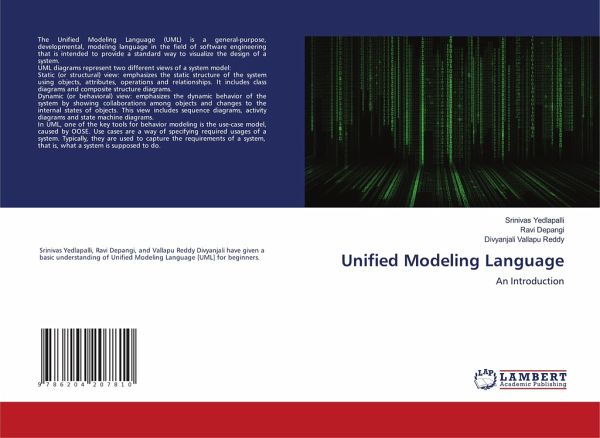
Unified Modeling Language
An Introduction
Versandkostenfrei!
Versandfertig in 6-10 Tagen
27,99 €
inkl. MwSt.

PAYBACK Punkte
14 °P sammeln!
The Unified Modeling Language (UML) is a general-purpose, developmental, modeling language in the field of software engineering that is intended to provide a standard way to visualize the design of a system. UML diagrams represent two different views of a system model:Static (or structural) view: emphasizes the static structure of the system using objects, attributes, operations and relationships. It includes class diagrams and composite structure diagrams.Dynamic (or behavioral) view: emphasizes the dynamic behavior of the system by showing collaborations among objects and changes to the inte...
The Unified Modeling Language (UML) is a general-purpose, developmental, modeling language in the field of software engineering that is intended to provide a standard way to visualize the design of a system. UML diagrams represent two different views of a system model:Static (or structural) view: emphasizes the static structure of the system using objects, attributes, operations and relationships. It includes class diagrams and composite structure diagrams.Dynamic (or behavioral) view: emphasizes the dynamic behavior of the system by showing collaborations among objects and changes to the internal states of objects. This view includes sequence diagrams, activity diagrams and state machine diagrams.In UML, one of the key tools for behavior modeling is the use-case model, caused by OOSE. Use cases are a way of specifying required usages of a system. Typically, they are used to capture the requirements of a system, that is, what a system is supposed to do.



